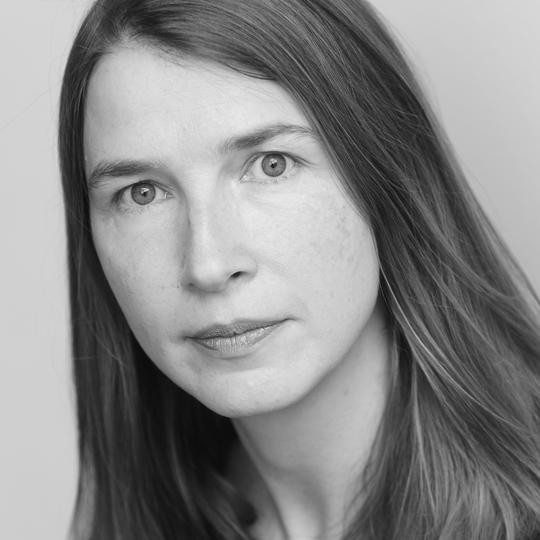Cammy Brothers
Cammy Brothers is an Associate Professor at Northeastern University, where she holds a joint appointment in Architecture and in Art & Design. She joined Northeastern in 2016 from the University of Virginia, where she held the Valmarana Chair and was Director of the Venice Program. She is the author of two monographs, Michelangelo, Drawing and the Invention of Architecture (2008) and Giuliano da Sangallo and the Ruins of Rome (2022). She has a third book project under way, “The Architectural Legacy of Islamic Spain,” which focuses on the cities of Granada and Seville in the aftermath of the reconquest.

